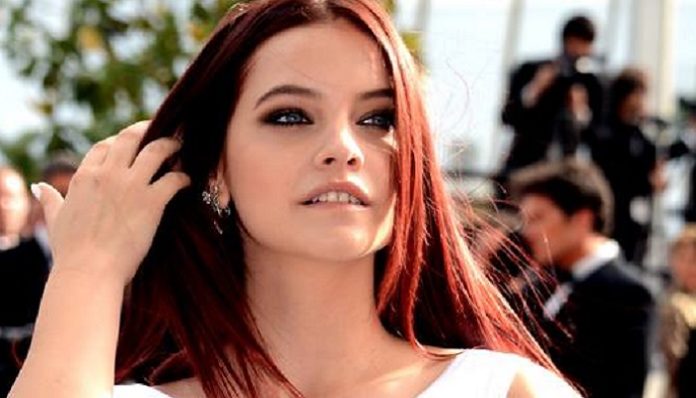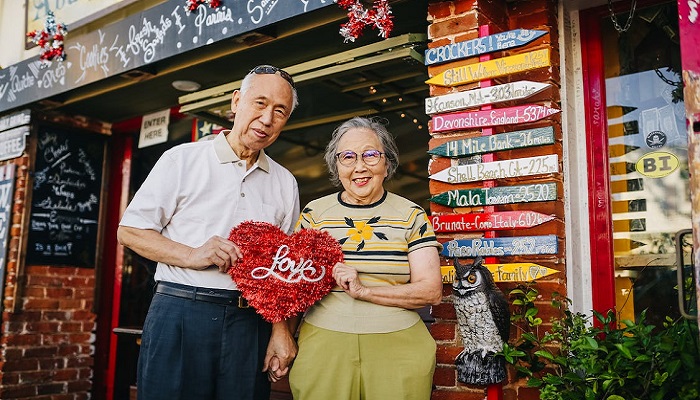
Lingerie giant Victoria’s Secret recently made a splash with their most recent angel addition, Barbara Palvin. The world should have focused on her nationality (she’s the first Hungarian angel). Or even her age (25). Instead, people only cared about the words one Facebook page, Superficial Doll, shared with the the announcement: plus-size.
Weighing in at a mere 121 pounds, Palvin, a size 8, is anything but a typical curvy girl by definitions. In fact, most plus-size sections of stores cater to sizes 16+. So, why on Earth is the fashion industry calling someone whose measurements are 32-25-36 plus size?
As someone who weighs in close to double Palvin and must shop in the plus-size section, it’s not only frustrating but downright insulting to have this objectively small woman lumped into the same body category as me. I struggle with body image and my weight as is, let alone when the fashion industry tells me that people half my weight are plus-size. It’s a troubling trend. Where is the representation of real plus-size women?
Besides, this news doesn’t make me want to buy my lingerie at Victoria’s Secret any more than before. VS doesn’t even carry my size: their bras only go up to 40”, and their XL panties fit a size 16 (I’m a size 24).
So, what’s the purpose of this anyway, Victoria’s Secret?
Many speculate that this is the company’s last ditch effort to save their brand. Sales have steadily declined for the leading lingerie brand over the past 2 years. Many women claim that the brand simply feels forced and out of touch with women today. In light of the #MeToo movement and the rise of feminism since the beginning of the Trump presidency, it’s no surprise that most young women aren’t looking to bounce around in lace trying to appeal to men.
Perhaps hiring Palvin was also VS’s way of responding to negative press. Last fall, their Chief Marketing Officer, Ed Razek, claimed that the lingerie company had no intention of hiring plus-size or trans models. Razek said, “We market to who we sell to, and we don’t sell to the whole world.”
This disturbing statement shows how deeply rooted their ideals are. It makes many plus-size women feel unsexy. No one should walk into a store and walk out hating their bodies.
The company remains quiet after granting Palvin her wings. The only claim they’ve made is that Palvin’s curves don’t fit their typical choice for feature models. So, perhaps this is their compromise to the “no plus-size models” policy?
Unfortunately, we’re actually hurting real curvy girls by promoting Palvin’s angel status as a win for plus-size women, especially those who are trying to make a name for themselves in the fashion industry.
Most American women currently wear between size 12-16, meaning that even if Palvin is actually a size 8, she’s still measuring far from the typical female on today’s streets. I’m all for body positivity, but seeing this slender goddess labeled as “plus-size” makes me hate my curves even more. With nearly two-thirds of American women citing disordered eating habits and close to 10% struggling with full-fledged eating disorders, I know that I’m not alone in my battle with body image.
So, thanks but no thanks, Victoria Secret. I’ll admit Barbara Palvin is absolutely gorgeous and has serious sex appeal, but I can’t in good conscience call her plus-size. It’s time we help women love their bodies regardless of their size. We must stop letting the media and fashion industries dictate our worth. No matter if we are a size 8 or a size 28, we deserve better.
It’s time we demand representation and love for ourselves!
Featured image via Georges Biard/CC BY-SA



















So a Facebook page called “Superficial Doll” is the spokesperson for the “Fashion Industry”? Oh my g*d, try harder next time. This might be the laziest ‘diversity’ article ever written. I hope I’m the only person who read it.
Barbara Palvin is actually curvy. She has a small waist and wide hips. Fat women aren’t curvy.